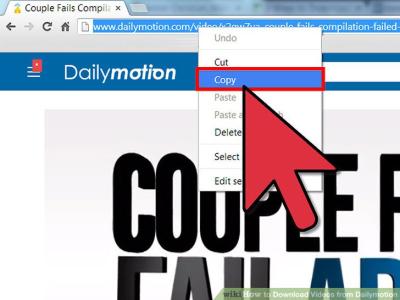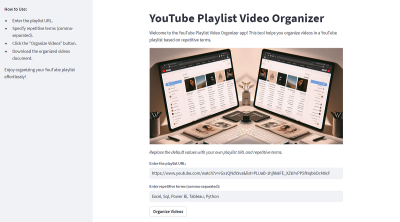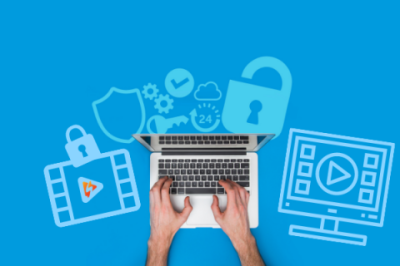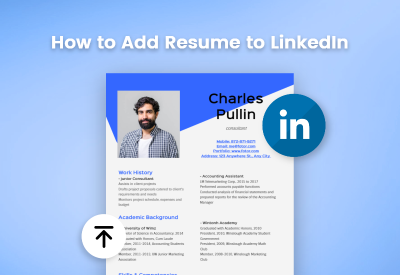Changing ownership of your YouTube channel can feel daunting, but it doesn’t have to be! Whether you're transitioning to a new account or passing the baton to a colleague, this guide will help you navigate the process smoothly. The best part? You can do this without losing any of your valuable content. Let’s dive into what it means to own a YouTube channel and how to make this change effectively!
Understanding YouTube Channel Ownership
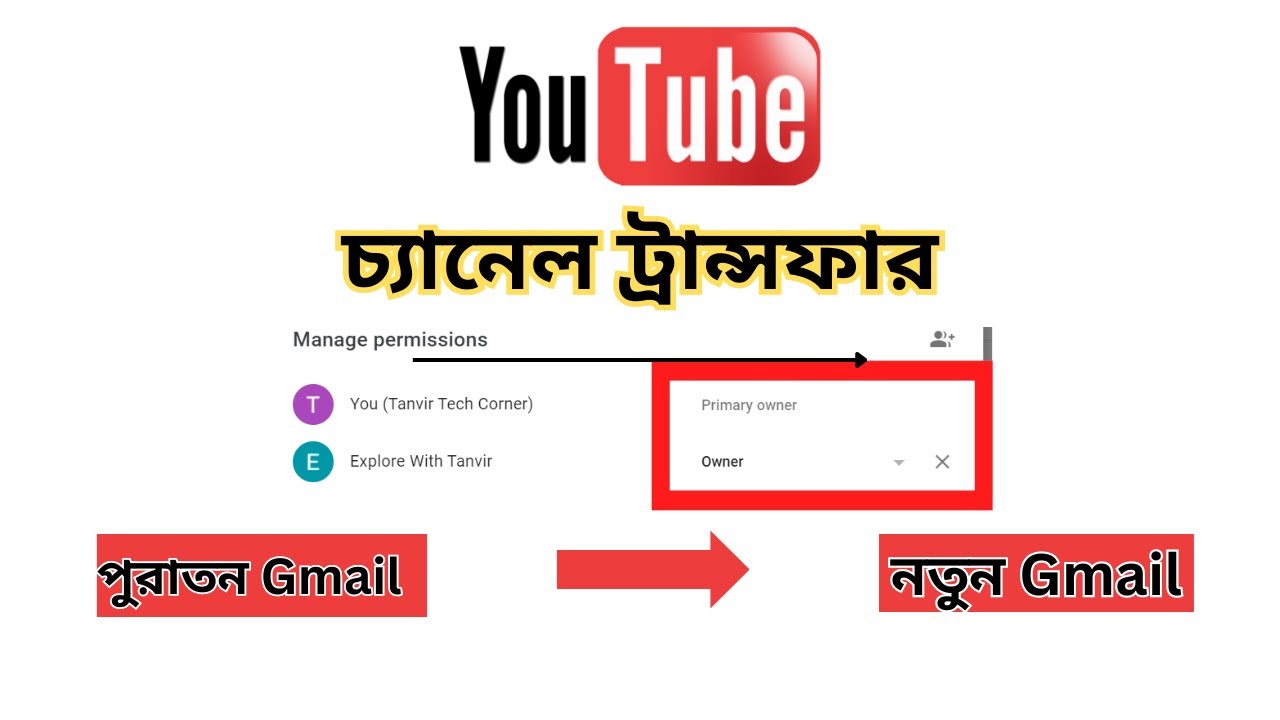
When we talk about YouTube channel ownership, we're referring to who has control over the channel's settings, content, and monetization features. Ownership is particularly crucial for businesses and creators who collaborate frequently. So, what does it mean to be the owner of a channel?
1. *Access to Channel Settings: The owner can modify important settings like privacy preferences, channel description, and branding. This ensures that the channel reflects the right identity and reaches the target audience effectively.
2. Content Management: Owners have the ability to upload, edit, and delete videos. They can also manage playlists and organize content to enhance viewer experience.
3. Monetization Control: Only the channel owner can enable monetization features, such as ads and memberships. This means that revenue generation is directly tied to the ownership status.
4. Collaboration and Permissions*: YouTube allows for multiple managers on a channel, but only the owner can grant access to other users. This is vital when working with teams or agencies.
Now, you might wonder, what happens when you want to transfer ownership? This is where it gets interesting. YouTube provides a feature that allows you to change ownership without losing any of your hard-earned content. Here’s how it typically works:
- Adding New Owners: You can add another Google account as a new owner. This new owner will have the same access rights as you.
- Transferring Ownership: Once the new owner is established, you can transfer the ownership role to that account.
- Maintaining Content Integrity: Throughout this process, all videos, playlists, and channel information remain intact. There’s no risk of losing subscriber counts or views.
It's crucial to remember that if you’re transferring ownership, the new owner should be someone you trust. They will have access to all your channel's data and can make significant changes. Therefore, ensure that communication is clear and that both parties understand expectations moving forward.
In conclusion, understanding the dynamics of YouTube channel ownership is key to making a successful transition. By knowing what ownership entails and how to manage it, you can confidently change ownership while keeping your content safe and sound!
Also Read This: How to Access Unlisted YouTube Videos and the Benefits of Using Them
3. Reasons to Change Ownership of Your YouTube Channel
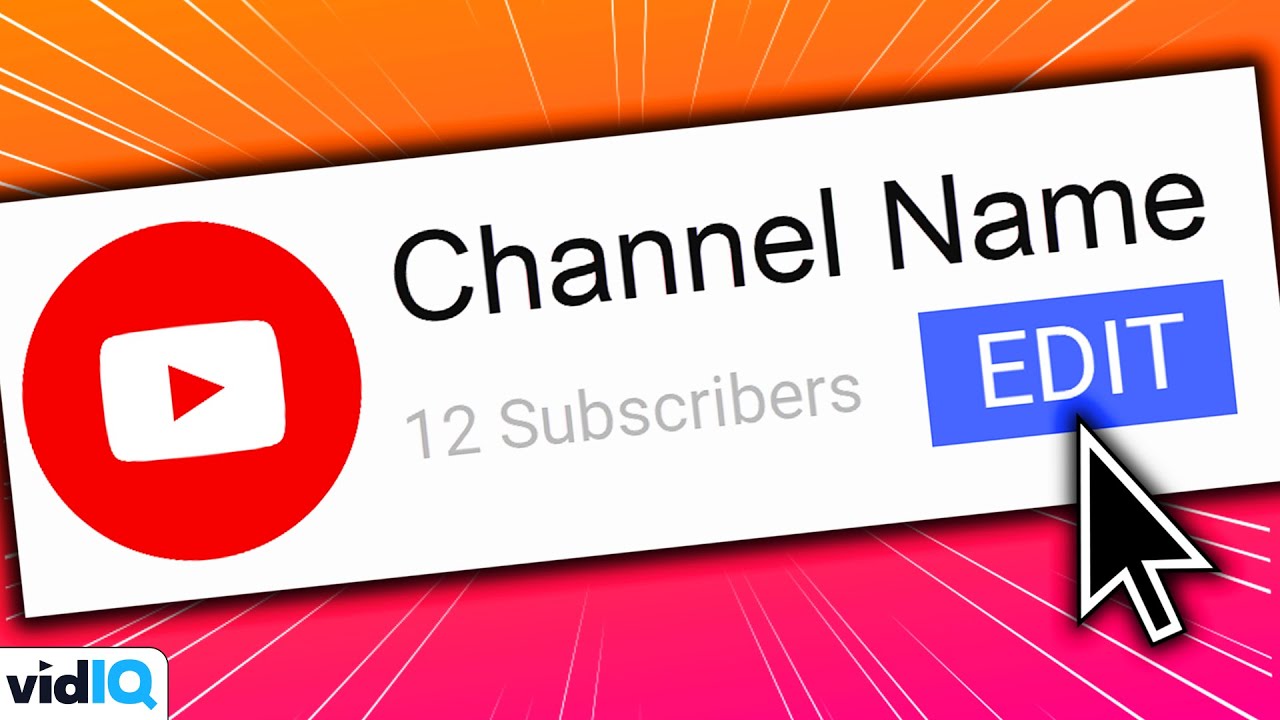
Changing the ownership of your YouTube channel can seem daunting, but there are plenty of valid reasons to consider it. Let’s dive into some of the most common motivations:
- Collaborative Projects: If you’re working on a project with a partner or a team, sharing ownership allows for a smoother collaboration. It ensures everyone has access to the channel tools they need to contribute effectively.
- Business Transition: When businesses grow or change, it’s common to transfer ownership of the YouTube channel to a new owner or manager. This is particularly relevant if the channel is a key marketing asset.
- Time Constraints: Life can get busy! If you find that you can no longer dedicate time to your channel, transferring ownership to someone who can maintain it might be the best option for its growth.
- Skill Specialization: Sometimes, you might realize that someone else has better skills or knowledge to manage the channel effectively, whether it’s video editing, SEO, or community engagement.
- Content Strategy Shift: If you want to take your channel in a new direction, bringing in a new owner with fresh ideas and a different vision can invigorate your content and audience.
Each of these reasons is valid and can lead to a more fulfilled and engaged YouTube presence. Remember, changing ownership doesn’t mean all your hard work is lost; rather, it’s an opportunity for growth and evolution.
Also Read This: How to Cancel a YouTube Subscription
4. Steps to Change Ownership of Your YouTube Channel

Ready to make the transition? Here’s a step-by-step guide to help you change the ownership of your YouTube channel without losing any of your valuable content:
- Sign in to YouTube: Start by logging into the YouTube account you wish to transfer ownership from. Make sure you have administrative access!
- Access YouTube Studio: Click on your profile icon in the upper right corner and select “YouTube Studio” from the drop-down menu.
- Navigate to Settings: In the YouTube Studio dashboard, look for the “Settings” option on the left sidebar and click on it.
- Select Permissions: Within the settings menu, click on “Permissions.” Here, you’ll see a list of users associated with your channel.
- Invite the New Owner: Click on “Invite” and enter the email address of the person you want to make the new owner. Choose their role as “Owner” from the dropdown menu. This step is crucial—only those with an “Owner” role can take full control.
- Send the Invitation: After selecting the appropriate role, hit “Done.” The new owner will receive an email invitation. They must accept this invitation to gain ownership.
- Confirm Ownership Transfer: Once the new owner has accepted the invitation, you’ll need to wait for 24 hours. After this period, the previous owner’s status will change automatically to “Manager.”
- Final Checks: To ensure everything has transferred smoothly, ask the new owner to check the channel settings and confirm that they have full access to manage the content.
And voila! You’ve successfully changed the ownership of your YouTube channel. It’s a straightforward process that, when done correctly, ensures a seamless transition while keeping your content intact.
Also Read This: Why Did YouTube Disable Comments? Exploring YouTube’s Policies on Comment Sections
5. Best Practices to Ensure Content Safety
Transferring ownership of your YouTube channel can be a smooth process if you follow some best practices to ensure that your content remains safe and secure. Here are a few tips to help you keep everything in check:
- Back Up Your Content: Before initiating any transfer, make sure to back up all your videos, thumbnails, and descriptions. Although the process is designed to retain your content, having a backup reduces the risk of losing anything critical.
- Document Everything: Keep a record of all your channel settings, including monetization status, branding elements, and community guidelines. This documentation will make it easier for the new owner to understand the channel's history and objectives.
- Communicate Clearly: If you’re transferring ownership to someone else, ensure that they are aware of all the nuances of managing the channel. Discuss strategies for engaging with subscribers and managing comments to keep the community feel intact.
- Check Permissions: When you add a new owner, double-check their permissions. Make sure they have the necessary access to manage content and settings without compromising the channel’s safety.
- Monitor Transition Progress: After the transfer, keep an eye on the channel for a few weeks. This can help identify any issues early on, ensuring that everything is functioning as it should.
By following these best practices, you can ensure that your content remains secure during the ownership transfer process. It's all about being proactive and making sure both parties understand their roles and responsibilities!
6. Common Mistakes to Avoid During the Ownership Transfer
Transferring ownership of a YouTube channel can be tricky, and there are some common pitfalls that you’ll want to avoid. Here’s a list of mistakes that could jeopardize your content or the transfer process:
- Not Informing Your Audience: Failing to notify your subscribers about the ownership change can lead to confusion. Consider making a video announcement or posting an update to ensure your audience is in the loop. This maintains trust and transparency.
- Skipping the Backup: It might seem redundant, but skipping the backup step can be disastrous. Always back up your videos and content, even if you believe everything will transfer smoothly.
- Ignoring YouTube Policies: YouTube has strict policies regarding ownership transfers. Ignoring these can lead to penalties or even channel suspension. Always review the latest guidelines provided by YouTube.
- Assuming Full Transfer of Rights: Just because you transfer ownership doesn’t mean all rights, such as monetization, automatically transfer too. Be clear about what rights and responsibilities the new owner will have.
- Not Setting a Transition Period: It’s helpful to have a transition period where both the current and new owners can manage the channel together. This allows for a smoother handover and minimizes disruptions.
Avoiding these mistakes can help ensure a seamless transfer process. Remember, the goal is to maintain the integrity of your channel while passing it on to someone who will continue its legacy!
 admin
admin





